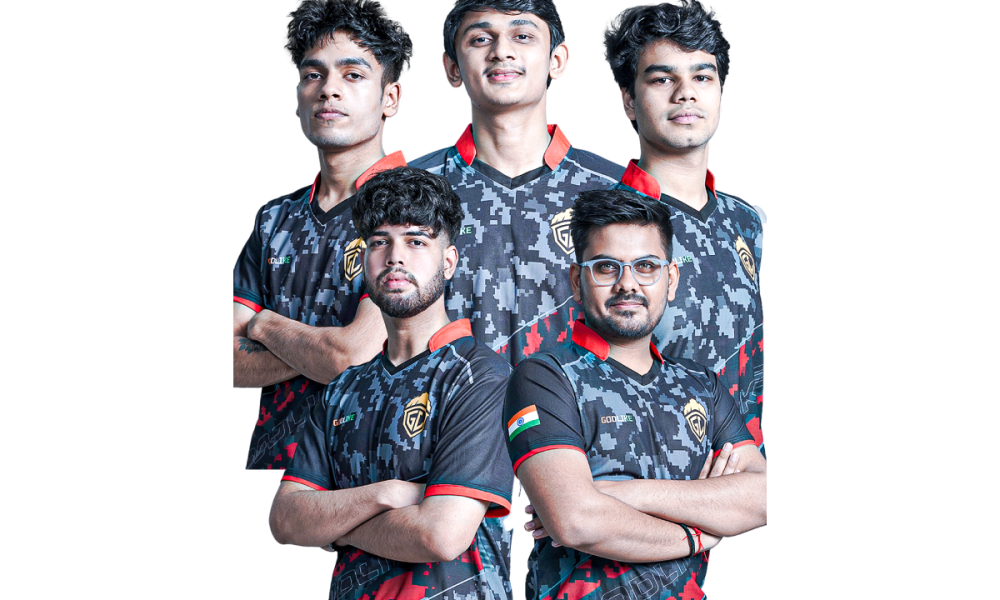In an exclusive interview, Naim ‘Enkay’ Rosinsky, Editor at THESPIKE.GG, delves into the trajectory of esports’ growth, following the first-ever dip in peak viewership for the Valorant Champions in 2023. He spoke with Rivington Bisland, who experienced the key moments of both games.
2023 marked the ongoing surge in overall viewership of Riot Games’ esports titles, League of Legends and VALORANT. League of Legends, launched in 2009, remains popular in the esports domain, while VALORANT, a young title released amidst the COVID-19 pandemic in 2020, has risen within the competitive first-person shooter esports market.
League has naturally embodied esports dominance. Its viewership has consistently grown over recent years as the MOBA genre flourishes, mainly mirroring the rivalry with Dota2.
VALORANT, on the other hand, competes with numerous other well-established competitive titles like Counter-Strike 2 (formerly Global Offensive), Rainbow Six: Siege, Call of Duty, and Overwatch. Nonetheless, Riot Games’ only FPS title has consistently demonstrated growth with yearly advancements and various new esports scene initiatives. In 2023, one such initiative was the launch of the franchised Tier 1 League, dubbed VCT International Leagues 2023, taking a cue from the top-tier franchising system of the League Championship Series (LCS) of League of Legends.
COMPARING EVENT VIEWERSHIP BETWEEN CHAMPIONS AND WORLDS
The VALORANT Champions and the League of Legends’ World Championship (“Worlds”) are key events for both titles. These events feature Tier 1 teams that have outperformed in other events, granting themselves a ticket to the exclusive Worlds or Champions. Generally, the winning team is considered the best in the respective esport for that season.
To equitably compare viewership, this article examines the 2021, 2022, and 2023 seasons. VALORANT was launched in June 2020, and it wasn’t until 2021 that its esport events saw a more well-defined structure featuring top teams in Masters and Champions events. League of Legends has been recording a sharp increase in peak viewership annually. The peak viewership number for each year was attained at the Worlds event.
Data from thespike.gg, obtained from escharts.com, revealed growing concurrent peak viewership for VALORANT Champions in 2021 and 2022. However, in 2023, peak viewership at VALORANT Champions Los Angeles dropped to 1,291,045 from the 2022’s Champions in Istanbul. The most-watched tournament of 2023 was VCT 2023: LOCK//IN Sao Paulo, marking the start of the new VCT International Leagues and featuring all teams. Comparing the first three Worlds events against the first three VALORANT Champions tournaments presents a fair benchmark for comparison.
The inaugural Worlds event recorded a peak concurrent viewership of 210,000, still a significant count. The 2012 and 2013 Worlds witnessed a drop in concurrent peak viewership (excluding TV viewers). Nevertheless, League of Legends’ attainment of such massive viewership, despite the disparity in popularity and reach of esports a decade ago, remains notable.
INSIGHTS ON ESPORTS VIEWERSHIP GROWTH BY RIVINGTON
Rivington Bruce Bisland III, known as Riv, has been an integral part of both League of Legends and VALORANT as a commentator and analyst.
His journey began as a commentator for Season 2 Worlds in 2012. Since then, he has worked as a caster, commentator, and interviewer every year until 2019 for League of Legends. From 2020, Rivington transitioned to VALORANT, offering his expertise as a commentator and analyst for various VCT events, including VALORANT Champions, Game Changers, and VCT Americas League. Besides, he was invited to a collegiate finals event, Red Bull Campus Clutch, in 2023.
Riv spoke endearingly about his transition from League to VALORANT: “It was a godsend because 2000-2010 was my Counter-Strike 1.6 phase. I played, competed, never professionally, but the scene just wasn’t there yet. In 2019, Riot invited me to commentate on a side-project, which was exciting. So, it felt amazing to go back to my roots and relate to the 2v1 site takes or the defuse clutch.”
When asked about narrowing the significant viewership gap between VALORANT and League, Riv humorously suggested: “T1 Faker in VALORANT!”
Lee “Faker” Sang-hyeok, a renowned League player, became a global esports icon in 2023 after winning his fourth Worlds, the only player ever to do so. According to Rivington, it’s the stories deriving from competitions that boost viewership.
Riv believes in the immense impact of stories: “The way Riot is growing VALORANT’s scene, from collegiate tournaments—Red Bull is helping with that–is huge. We never had this kind of stuff in League of Legends, and yet LoL took the world by storm.” He claims that VALORANT has potential for exponential growth because Riot understands how to develop appealing narratives and engage people with unfamiliar teams. Regardless of the game understanding, he believes that the exciting stories pull in viewers.
With the next edition of the VALORANT Game Changers Championship concluding recently and Shopify Rebellion emerging victorious in Brazil, more narratives are bound to sprout. Improvements to the Tier 2 ecosystem, interest in women’s and marginalized genders’ scene, and a slight makeover for the VCT International Leagues in the 2024 season bode well for VALORANT. And according to Riv, these elements will help skyrocket viewership for the competitive shooter.
